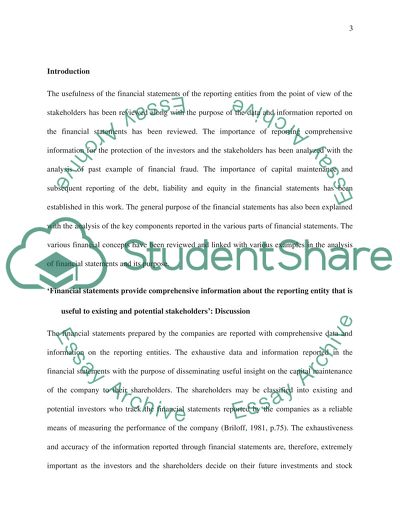Cite this document
(BE110 FINANCIAL REPORTING & ANALYSIS Essay Example | Topics and Well Written Essays - 2000 words, n.d.)
BE110 FINANCIAL REPORTING & ANALYSIS Essay Example | Topics and Well Written Essays - 2000 words. https://studentshare.org/finance-accounting/1806308-be110-financial-reporting-analysis
BE110 FINANCIAL REPORTING & ANALYSIS Essay Example | Topics and Well Written Essays - 2000 words. https://studentshare.org/finance-accounting/1806308-be110-financial-reporting-analysis
(BE110 FINANCIAL REPORTING & ANALYSIS Essay Example | Topics and Well Written Essays - 2000 Words)
BE110 FINANCIAL REPORTING & ANALYSIS Essay Example | Topics and Well Written Essays - 2000 Words. https://studentshare.org/finance-accounting/1806308-be110-financial-reporting-analysis.
BE110 FINANCIAL REPORTING & ANALYSIS Essay Example | Topics and Well Written Essays - 2000 Words. https://studentshare.org/finance-accounting/1806308-be110-financial-reporting-analysis.
“BE110 FINANCIAL REPORTING & ANALYSIS Essay Example | Topics and Well Written Essays - 2000 Words”. https://studentshare.org/finance-accounting/1806308-be110-financial-reporting-analysis.


